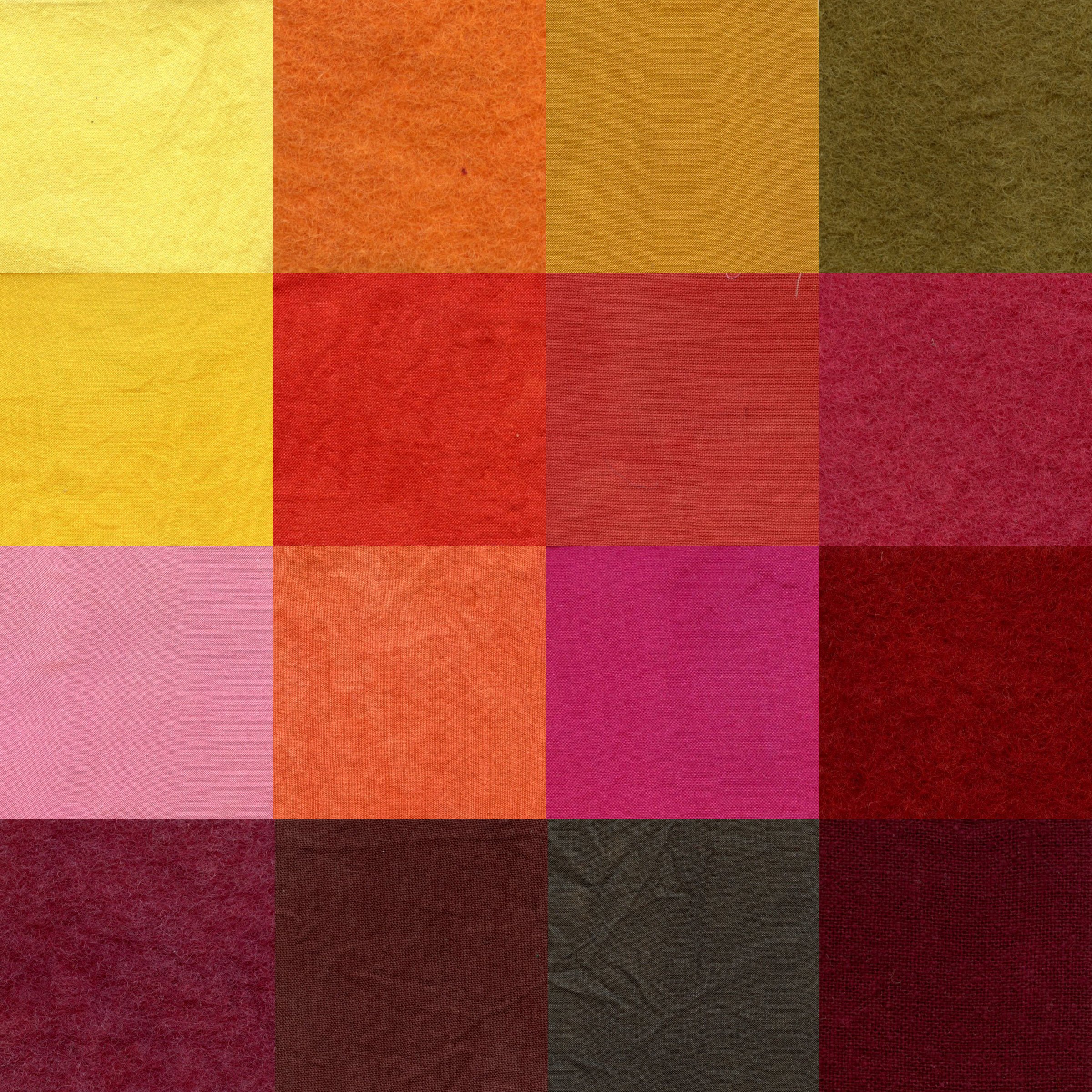Upcoming Learning Opportunities
Marbling with Natural Colors
Plants & Colour
Live Online Demonstration
Wednesday, April 24
11:00am - 1:00pm EST (4:00-6:00pm BST)
The heritage of paper marbling is entwined with beautiful and subtle natural colorants. Whether you’re seeking sustainable studio practices or inspired by the marblers of old, join Natalie Stopka for a live online demonstration of marbling with earth and lake pigments. We’ll discuss pigment selection, paint preparation, size, mordants, and marbling, followed by Q&A. There will surely be some real-time troubleshooting with this notoriously temperamental technique!
Natalie's quest for natural marbling colors was inspired by her love of natural dyes, and desire for an ecologically friendly alternative to conventional acrylic marbling. Sadly natural dyes cannot be used for marbling, but lake pigments made from them can! By studying the history of marbling, she learned that artisans in centuries past were particularly fond of earth and lake pigments, and taught herself to follow in their footsteps. Through the careful selection and preparation of each color, Natalie will coax stubborn pigments into flowing designs in this demonstration.
Rose Madder
Plants & Colour
Live Online Demonstration
Wednesday, May 8
11:00am-12:30pm EST (4:00-5:30 BST)
Rose madder is a cool pink pigment made from the roots of the madder plant, Rubia tinctorum, suitable for oils, watercolor, and pastels. Madder-based pigments have been used since antiquity in the Mediterranean and Middle East, but it was not until the early 19th century that a recipe for this particular rosy shade was developed. It is valued as a highly lightfast lake pigment, used for glazing skin tones and fabrics - but it’s tricky to coax the most vibrant and long-lasting colorants out of the plant! Join Natalie Stopka for a demonstration of dye extraction, fermentation, and lake pigment making, followed by Q&A.
Suminagashi: Japanese Marbling
Land Art Online Workshop
Wednesday, May 15
6:00 - 8:00pm BST
Japanese marbling is a form of printmaking which utilizes sumi ink to capture invisible air and water currents in motion. Students in this virtual workshop will learn to create suminagashi monotypes in collaboration with fluid mechanics, resulting in organic designs with a strong visual link to natural phenomena. Our class session will delve into this millennium-old craft with a demonstration of marbling techniques, followed by time for participants to experiment with printing on paper and fabric. Together we’ll explore fluid flow, release of control as a creative strategy, and the beauty of imperfection.
Introduction To Natural Dyeing
Catskill Weaving School
Catskill, NY
Saturday, May 18
11:00am - 5:00pm
In this workshop, participants will learn how to successfully use natural dyes to dye protein and cellulosic fibers. Beginning with properly scouring and mordanting the fibers, students will then be shown how to extract color from various dyestuff. Using the prepared fibers and extracted dye, each participant will dye mini skeins of yarn and adjust the colors through modifiers and over-dyeing, resulting in 18 differently colored hues. The workshop will conclude with a final project of dyeing one small personal garment (or skein of yarn) and studio clean-up. This workshop will also cover basic safety and practical chemistry of using and working with natural dyes. All materials and equipment are included, except for one small individual garment per person, such as a shirt, skein of yarn, or something of a similar size.
Rooted: Dyes and Pigments from nature
Penland School of Craft
Penland, North Carolina
Two-week intensive
June 30 - July 12, 2024
Artwork is made manifest through material choices. This workshop will explore botanical, insect, and earth colors for applications on fabric, including dyes, indigo, and lake pigments. These rich and subtle colors require thoughtful gathering and careful processing, rooting our practice in a conversation with the natural world. Each student will create a swatch library of dyes, then learn to transform dye into lake pigment. We will share a plant and pigment foraging walk, process pigments, and explore painterly applications with soy on fabric. We will create “portraits” of our plant collaborators and focus on the roles of mordants and binders for lightfastness and washfastness. Students will leave with pigment samples and the technical know-how needed to fold them into their own studio practice.
Natural Dyes: Vibrant Historical Hues
Arrowmont
Gatlinburg, Tennessee
One-week intensive
July 21 - 26, 2024
Beautiful natural dyes have a long history in many cultures, during which time the craft and chemistry of color application have been honed. This course will focus on botanical and insect dyes renowned for their brilliant hues and permanence, including among others madder, indigo, and cochineal. Special attention will be paid to the chemistry and best practices of lightfastness, including fiber preparation and mordanting. This workshop will look at historical recipes for particularly prized shades and explore overdyeing for a wide spectrum. With appreciation for the ingenuity and skill of our artisan forebears, students will gain the understanding to extrapolate and experiment. Students will depart with a swatch library of samples, their own explorations, and the knowledge to confidently enjoy natural dyeing in their home studios.
The Local Palette: Lake Pigments from Abundant Plants
Long Ridge Farm
Westmoreland, NH
Three-day intensive
August 1-3, 2024
Sustainable and beautiful materials for art and craft surround us! Join Natalie Stopka for a three-day exploration of local plants’ pigment potential. Starting with a foraging excursion, we’ll discuss how to identify and ethically harvest abundant and invasive dye sources. We’ll then transmute those dye colors into shelf-stable lake pigments, expanding their potential to paints and pastels. We’ll discuss the chemistry controlling vibrancy and opacity, and learn to adapt our basic recipe to participants’ individual ecoregional plants and alkali sources. The art materials we make from the boisterous plants around us root our craft to place, and find beauty even in overlooked and vilified weeds. Participants will leave with 5+ pigments and paints to fold into their own studio practice.
Contact Natalie with queries about remote private instruction on intermediate and advanced topics.






